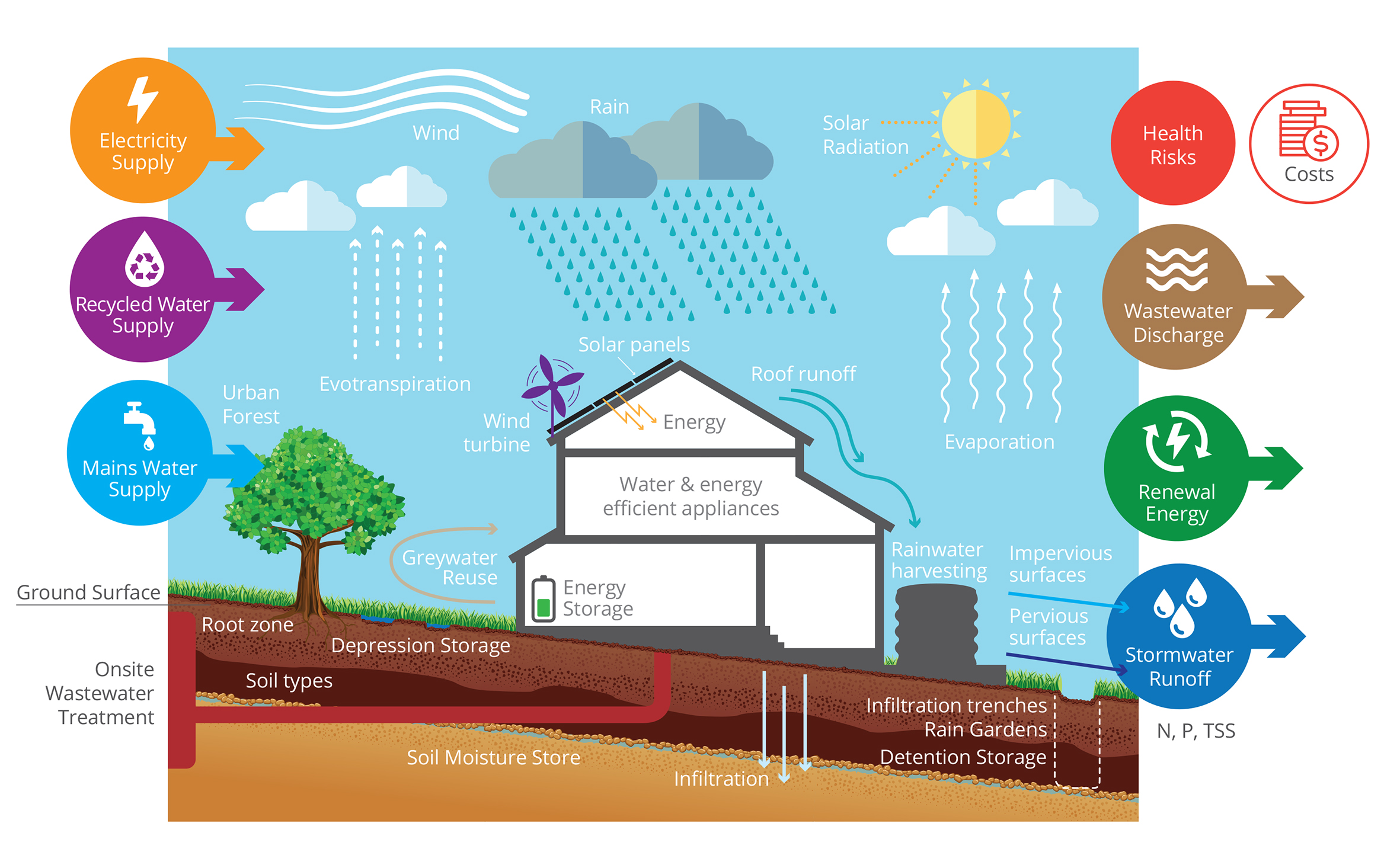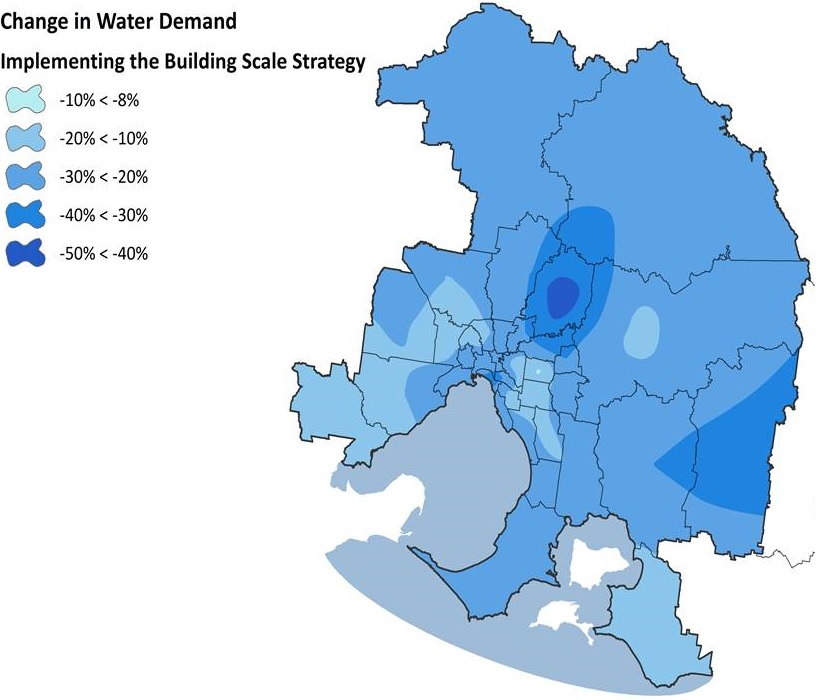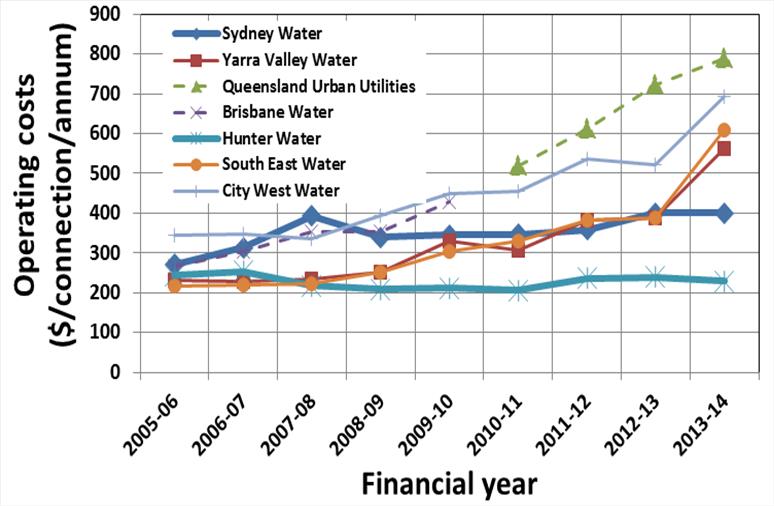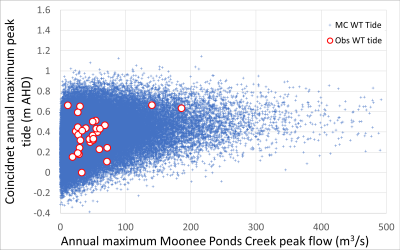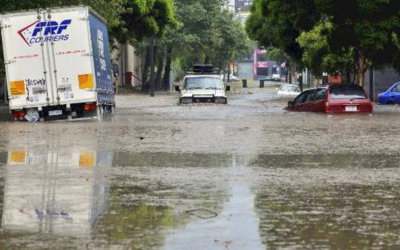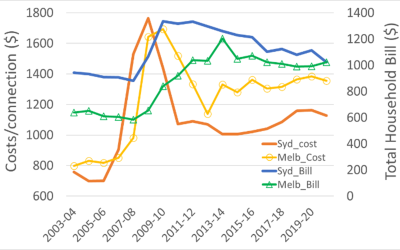 Independent Analysis and Audited Observations Confirm Value of Sustainable Buildings for Greater Melbourne
Independent Analysis and Audited Observations Confirm Value of Sustainable Buildings for Greater Melbourne
Breakfast workshop at 7 am on Friday 28 August at Zinc at Federation Square
Good news for modern water and energy utilities, the Victoria government and citizens. The existing system for Greater Melbourne is critically dependent on (or sensitive to) variations in climate and population. Sustainable buildings substantially mitigate the challenges of variable population and climate – including climate change. energy
Importantly, sustainable buildings operate across multiple spatial, temporal and dimensional scales to generate cumulative reductions in water demands, wastewater generation and stormwater runoff, the cost of providing water, wastewater and stormwater services, and the transfer costs.
Implementing a target for reduction in base water demands in buildings by 40% will provide substantial water savings across Greater Melbourne by 2050 as shown in the above Figure. A base water demand is defined as water demand for a building of a given occupancy without water efficient appliances or water savings measures in 2014. The following benefits are derived from sustainable buildings with energy and water efficient appliances and rainwater harvesting for laundry, toilet and outdoor uses:
- an overall 28% reduction in total water demand by 2015 – a 3,820 GL cumulative reduction in water demands
- Defer requirement for new desalination plant by 9 years and avoid a third desalination plant in a climate change scenario
- an overall 11% reduction in annual wastewater discharges in 2050
- an overall 8% reduction in annual stormwater runoff in 2050
- reduced annual nitrogen discharge by 90 tonnes by 2050
- an overall reduction in annual greenhouse gas emissions by 40% by 2050.
However, utilities do not consider reductions in operating costs in analysis of financial viability. The parallel with electricity industry is interesting. Self sufficiency through domestic solar panels is assumed to be damaging the energy utility industry as their distribution networks are under capacity and revenue decreases. Similarly, increased decentralisation is perceived to be potential threat to the financial viability of water utilities in accordance with current regulatory models.
However, our analysis shows that water utility profits will increase by over 100% from implementation of a sustainable buildings policy that includes the following economic benefits (Net present values to 2050 at 4.4% discount rate):
- decreased water costs of $4 billion
- decreased wastewater costs of $1.8 billion
- decreased stormwater costs of 0.5 billion
These potential benefits have now been confirmed by a benchmark comparison to the audited operating costs of water utilities in jurisdictions with the BASIX policy as shown in the following Figure. Sustainable buildings have reduced growth in observed operating costs in Sydney and Newcastle. In contrast the water operating costs of Melbourne’s utilities continue to grow.
If the Victorian government introduced a state environmental planning policy with 40% water savings targets in 2005, the annual saving in water operating costs in 2014 may have been $720 million. This increases the profits of water utilities whilst reducing the costs to citizens.
The New South Wales government has determined that the BASIX legislation mandating 40% reductions in household water use will provide cumulative reductions in mains water use of over 300 GL and in greenhouse gas emissions of over 102 million tonnes at a net present value of $843 million to 1.2 billion to 2050.
However, additional benefits are provided for the stormwater management and protection of urban waterways. The BASIX policy has also produced wider economic benefits including generation of local employment and small business enterprises. Our analysis is that a policy for sustainable buildings will generate over 1,200 new jobs and add at least $5 billion in value to Victorian small businesses.
We look forward to seeing you at the workshop and hearing your input.
RHAA and Stormwater Australia Melbourne Breakfast flyer

